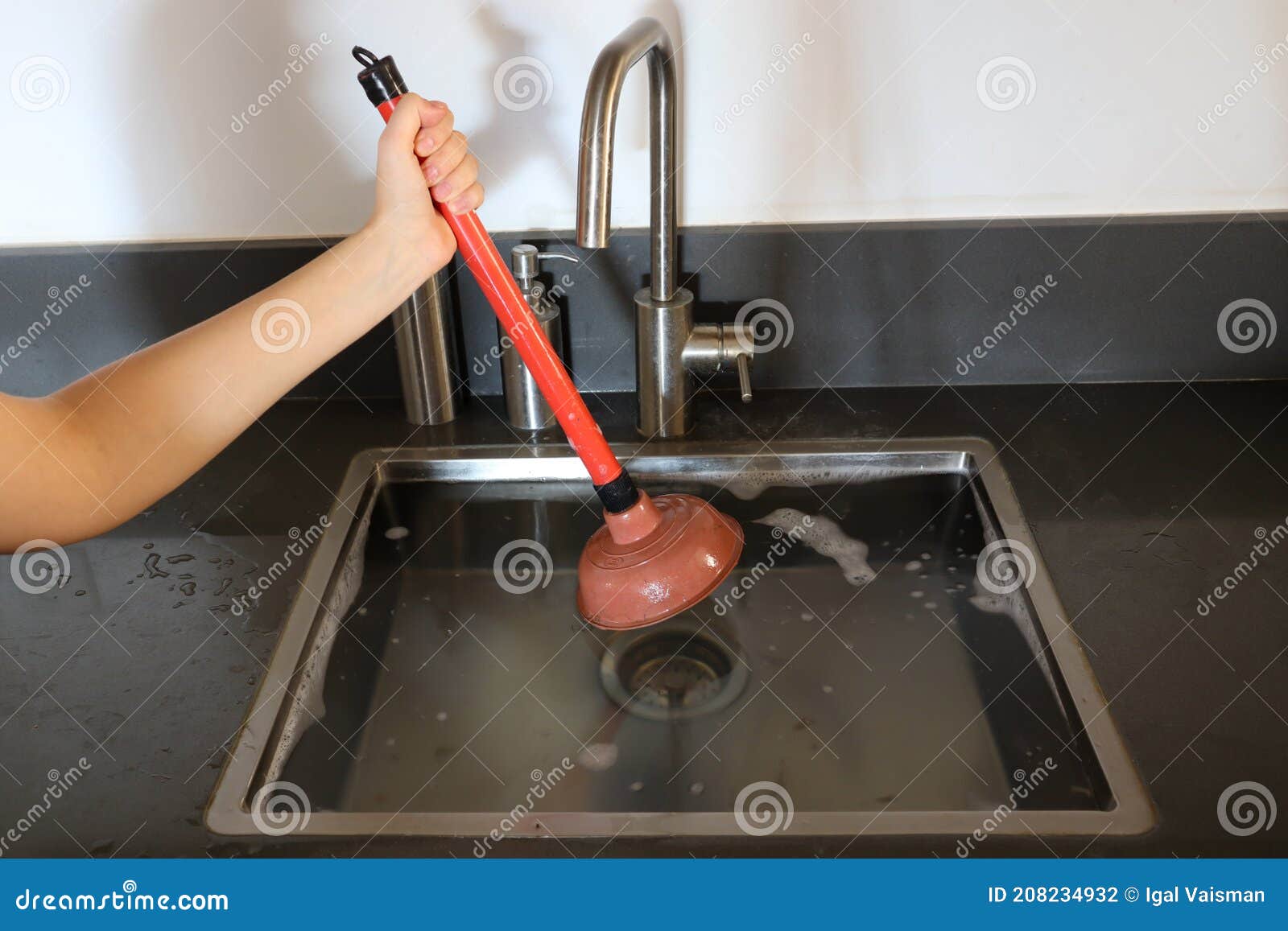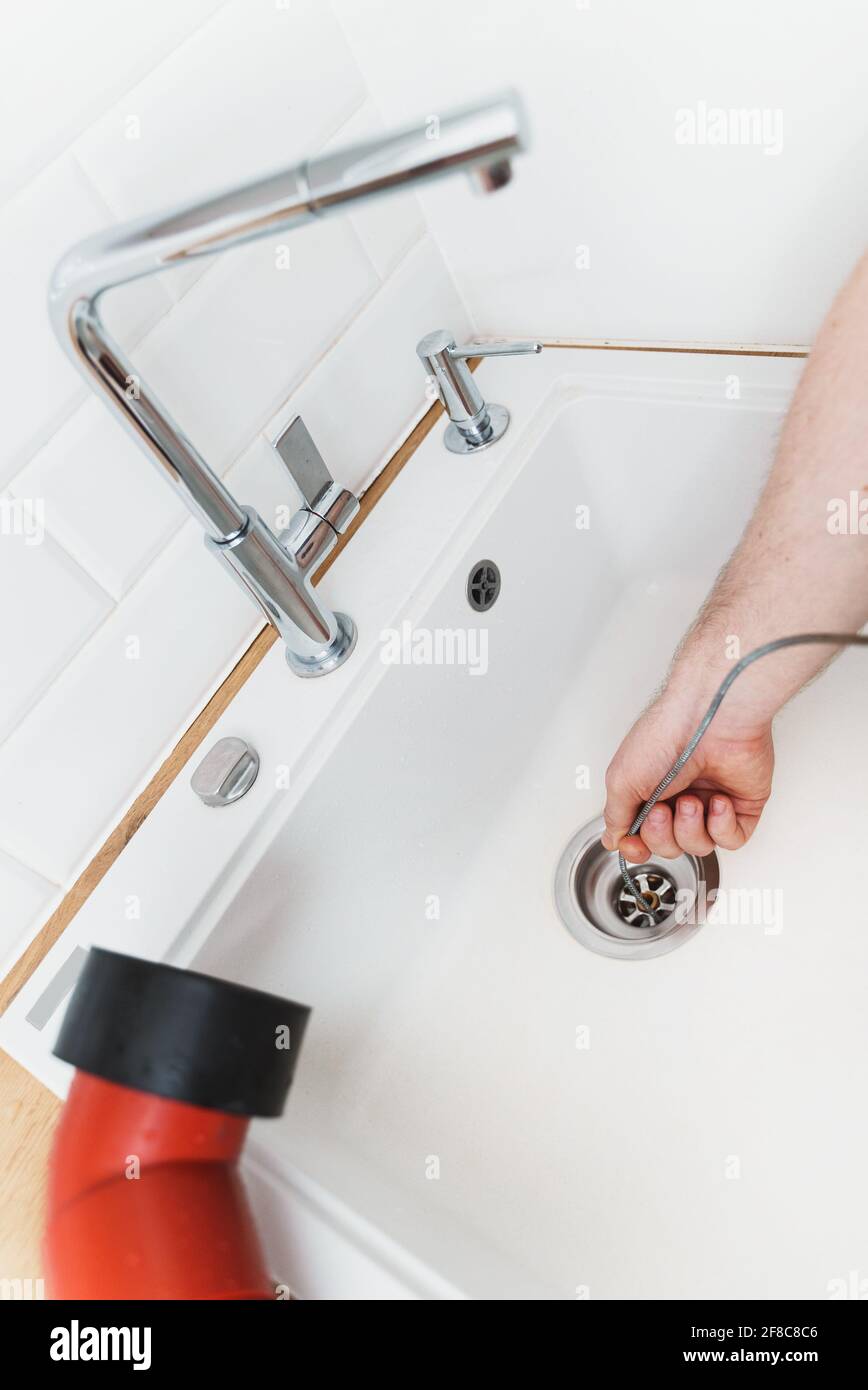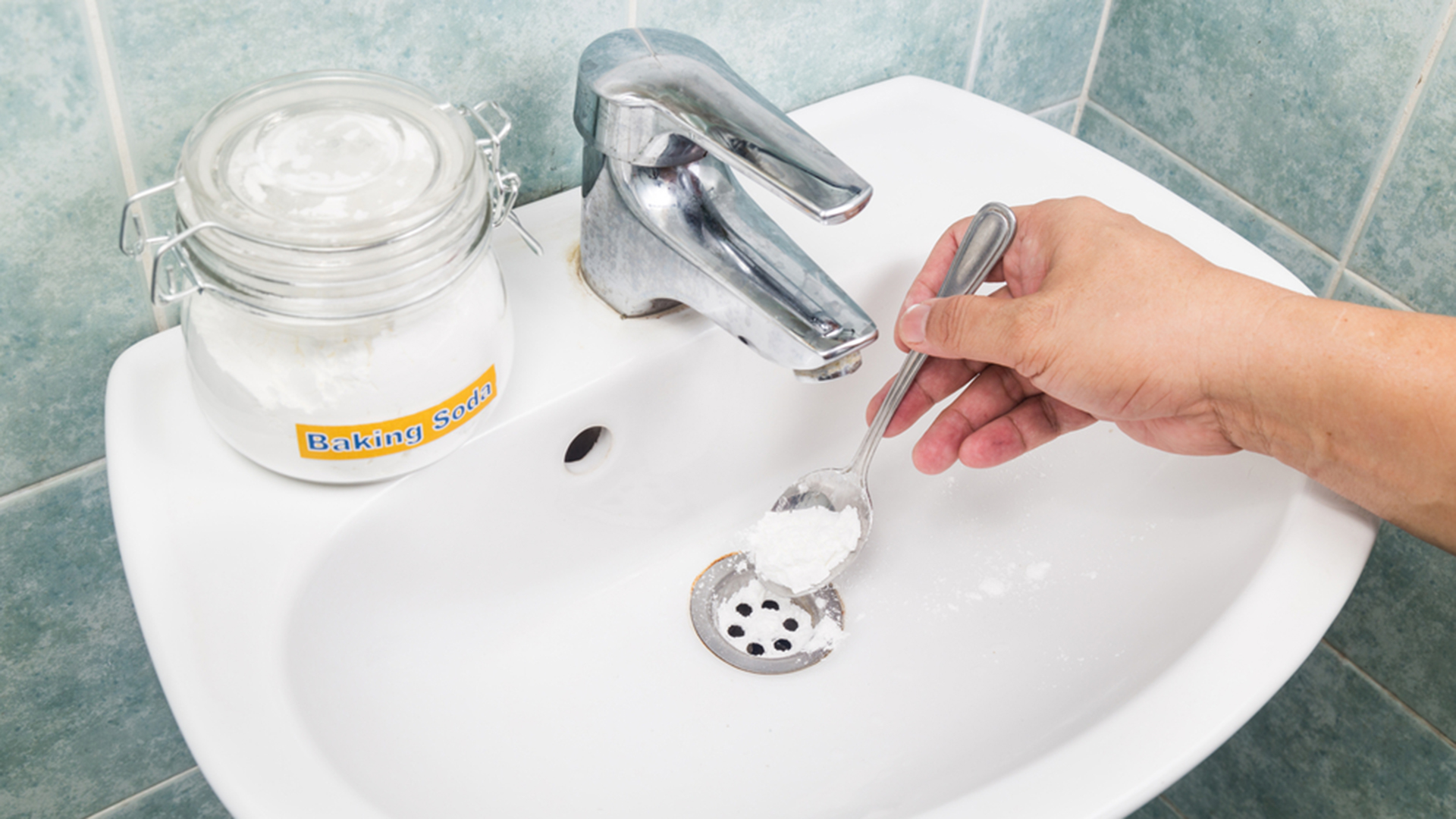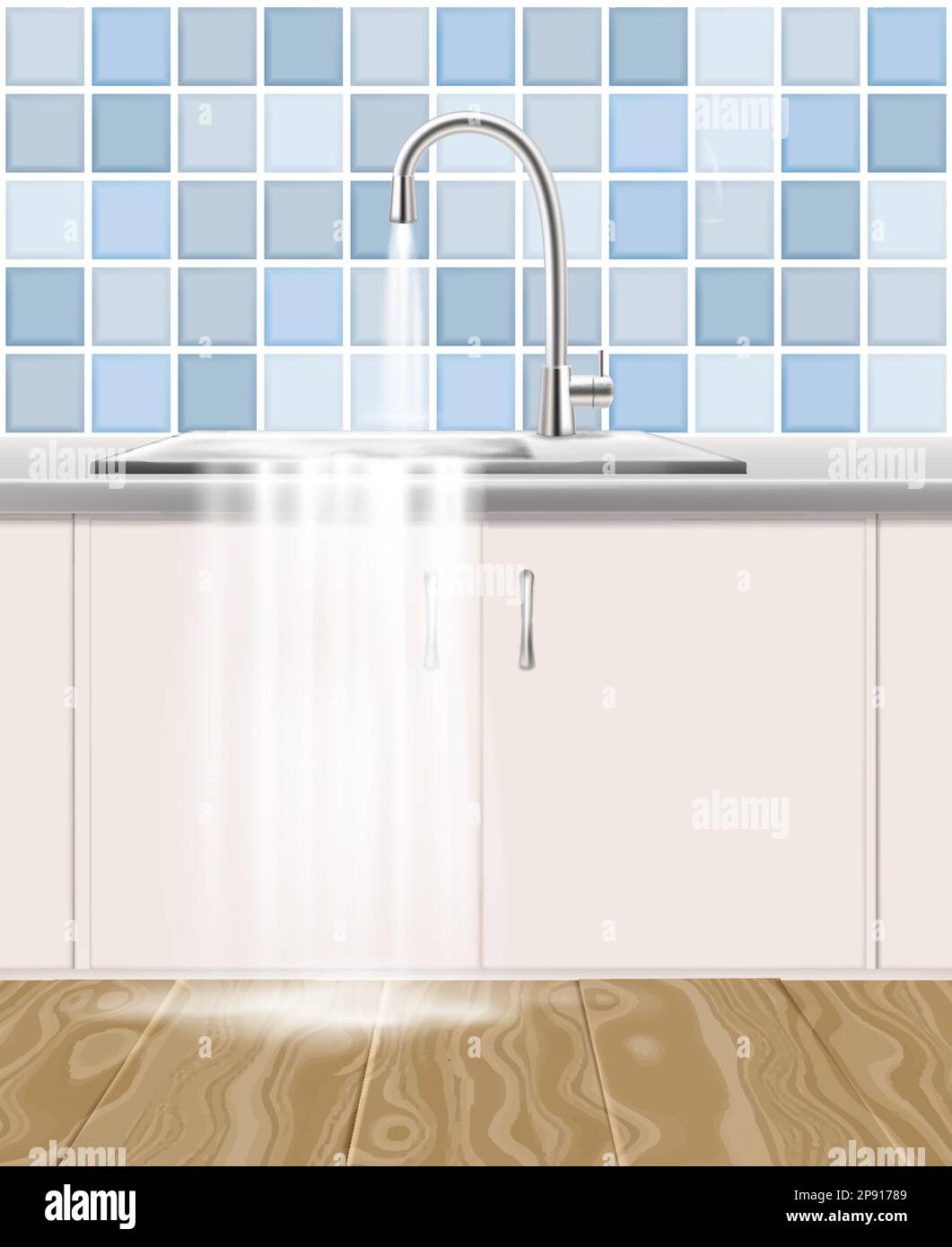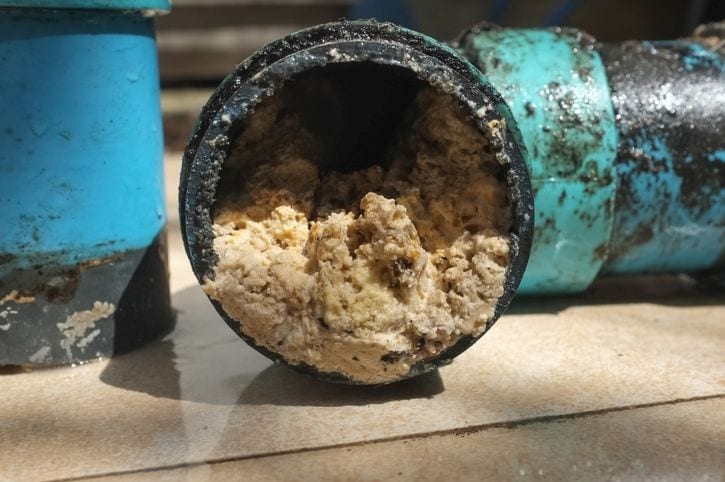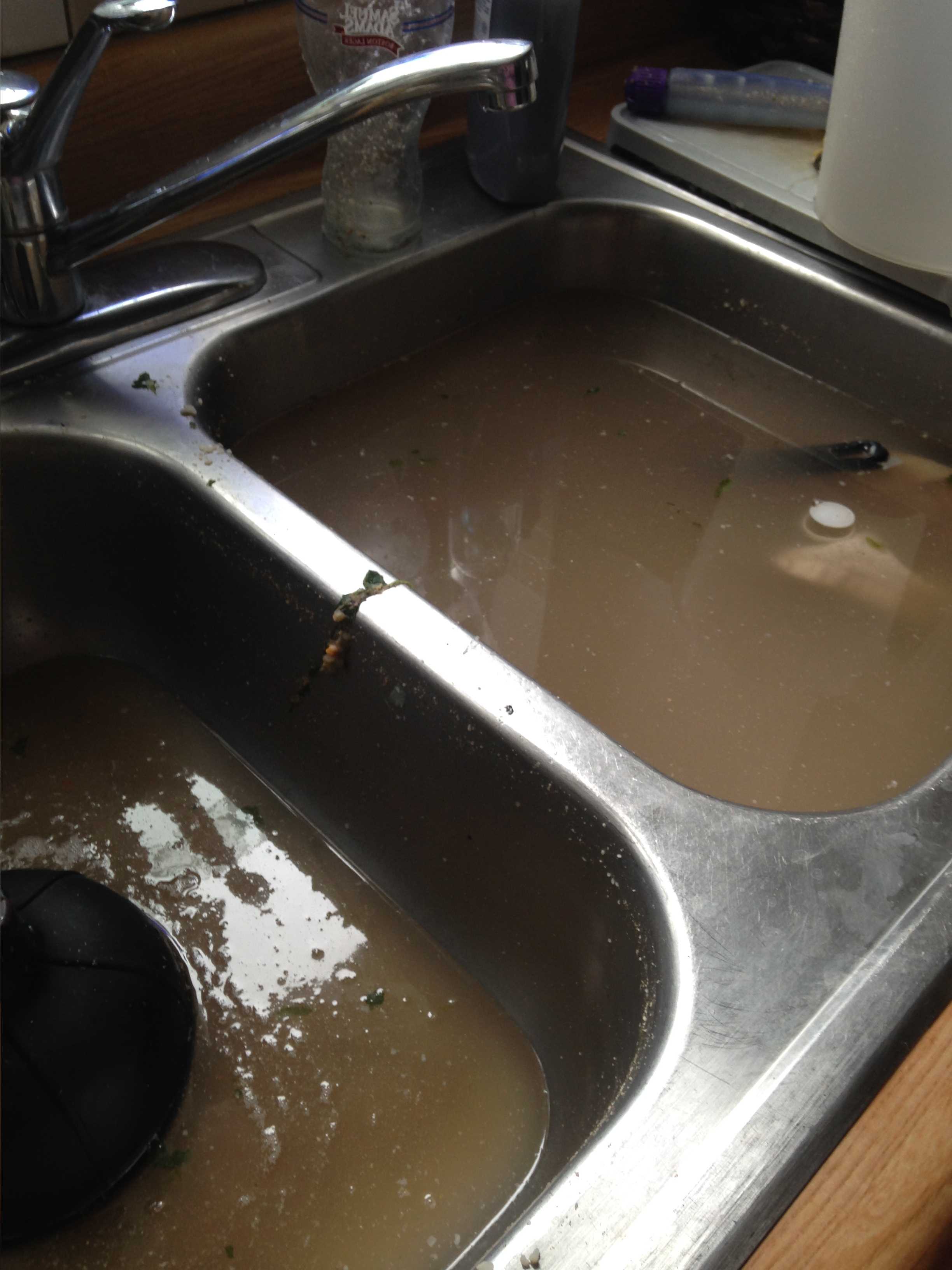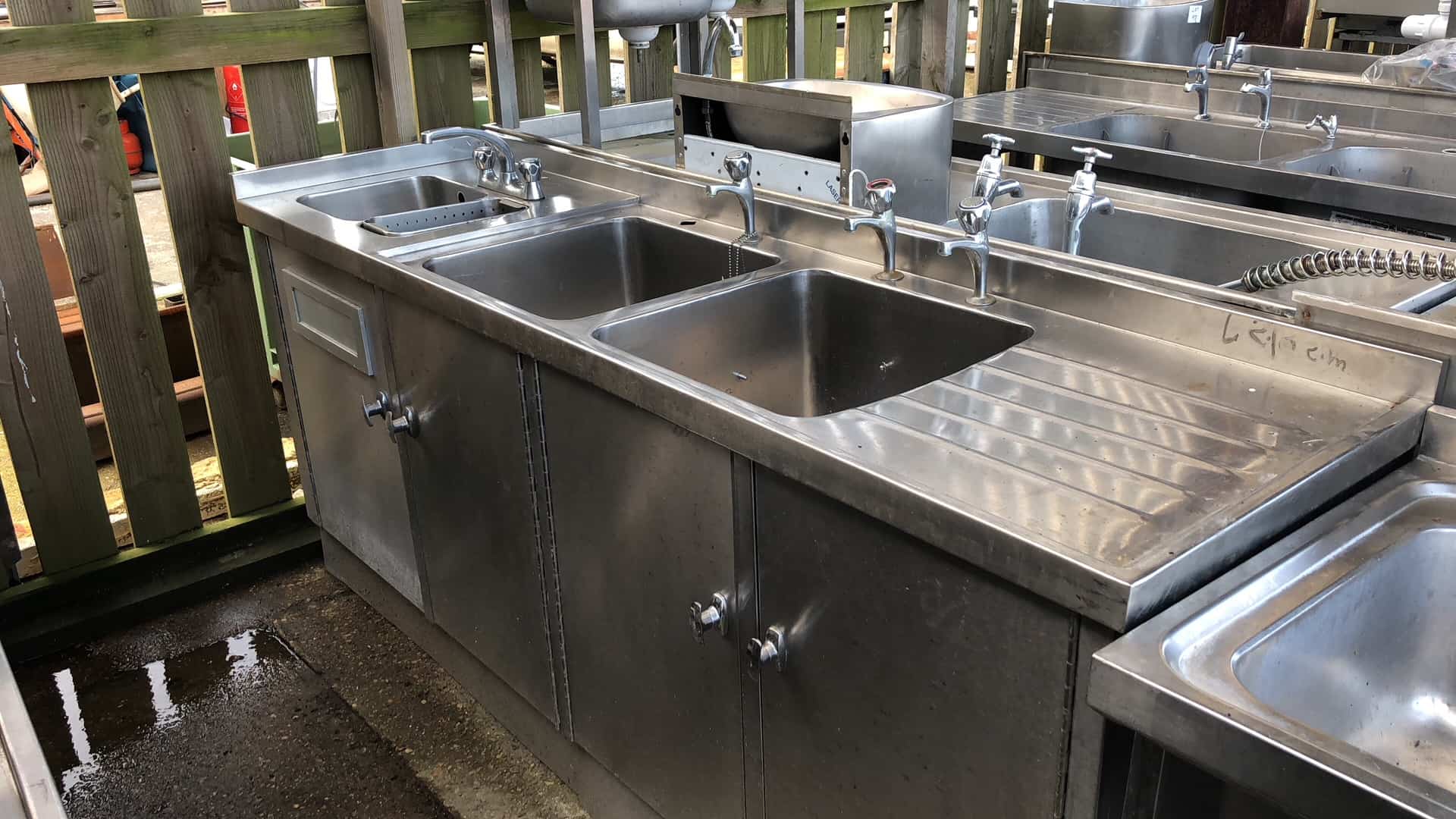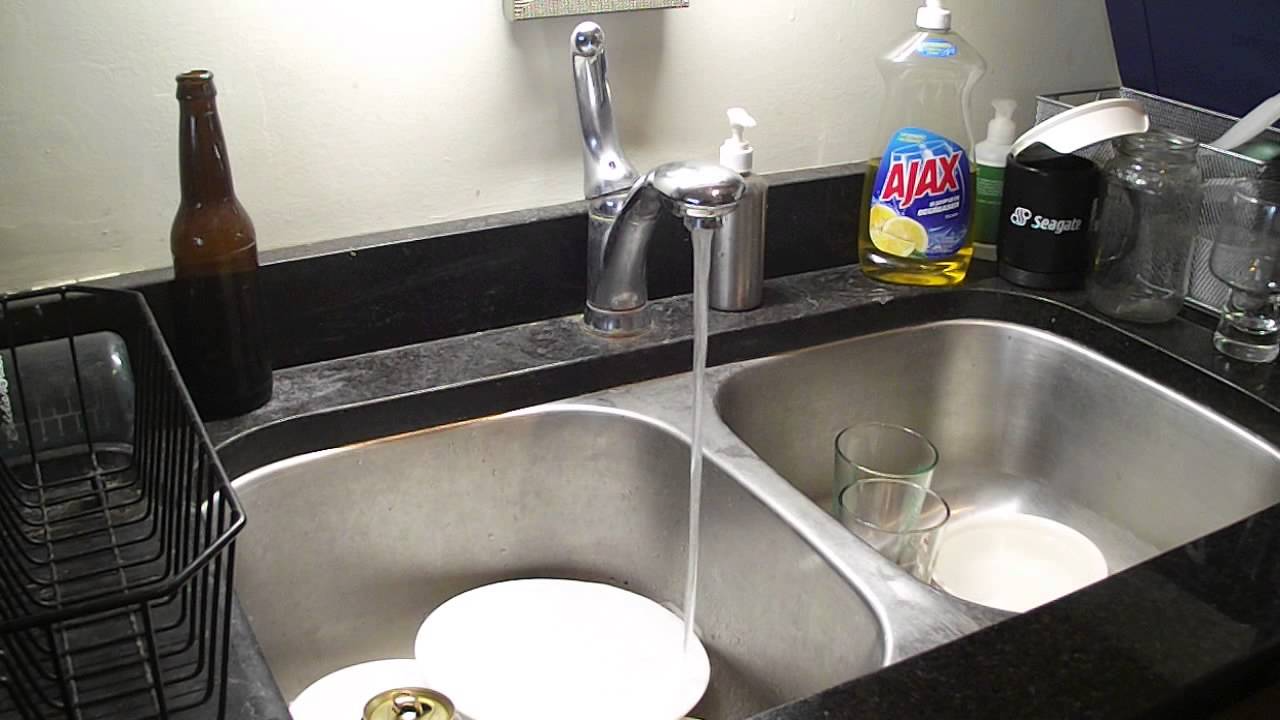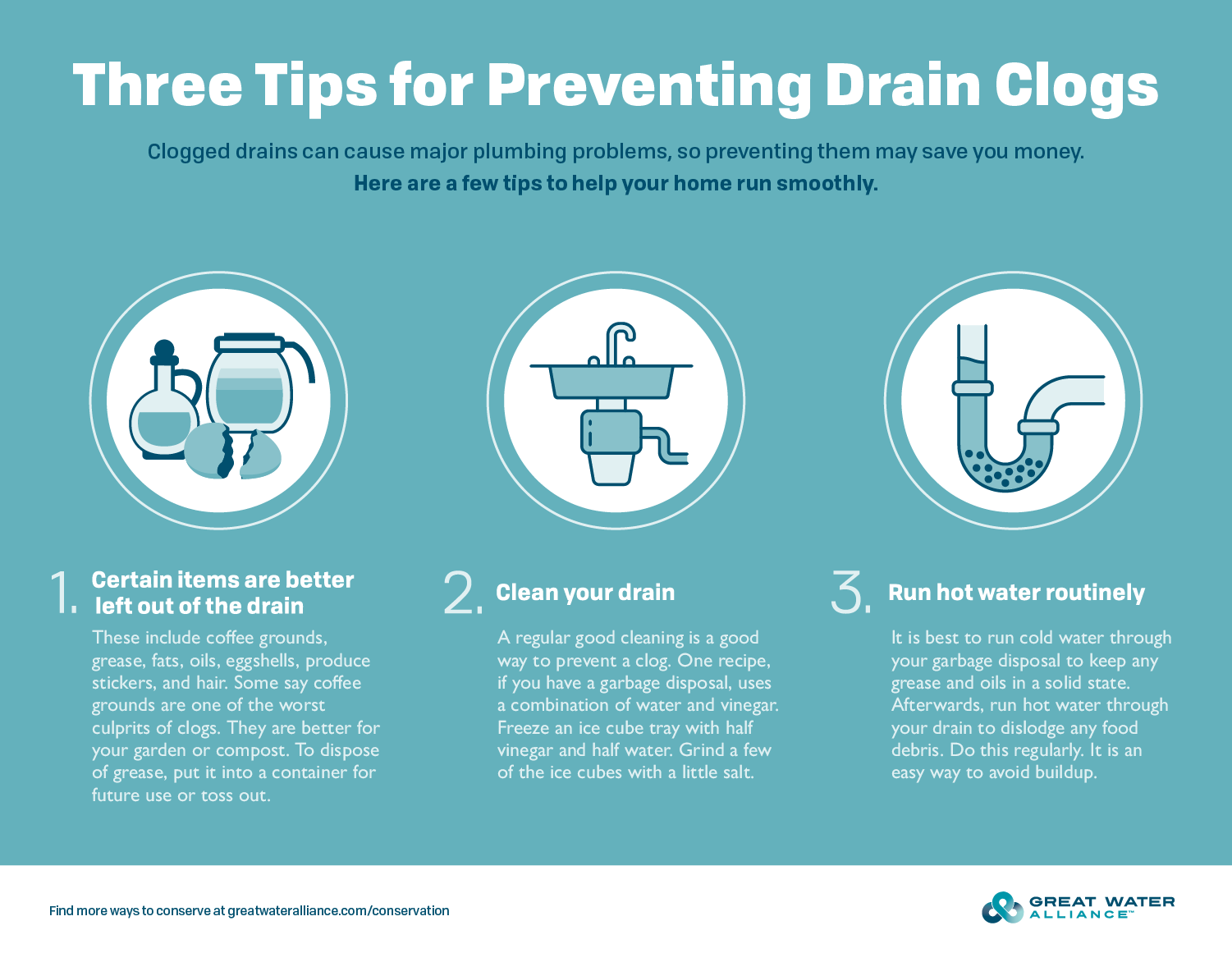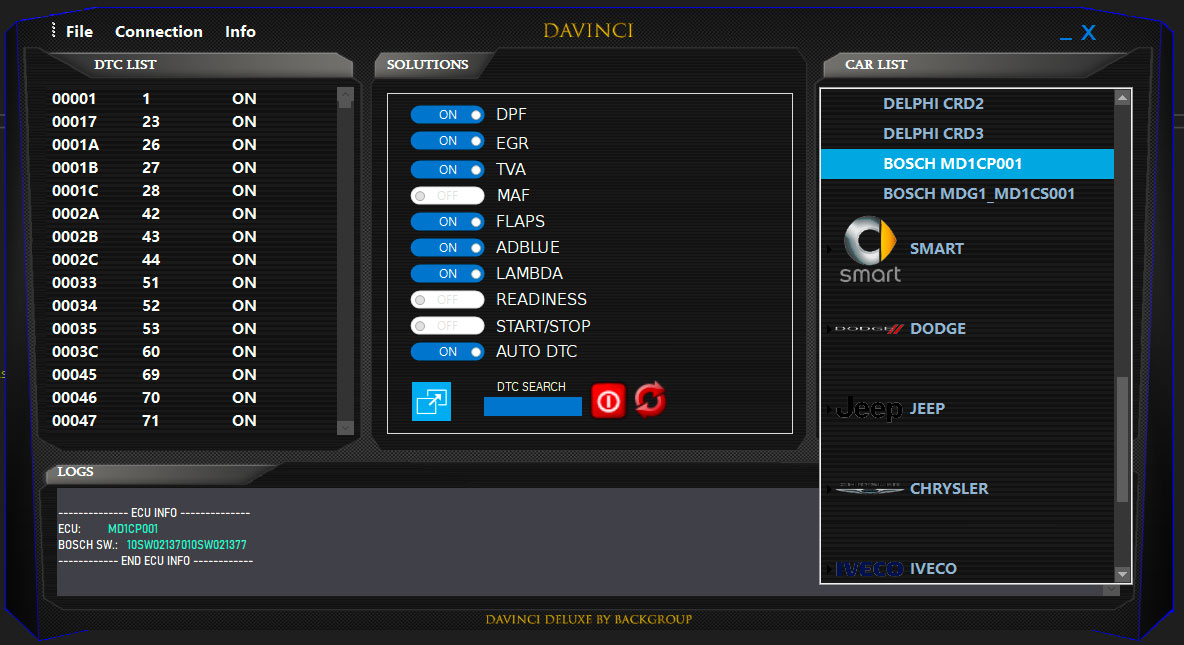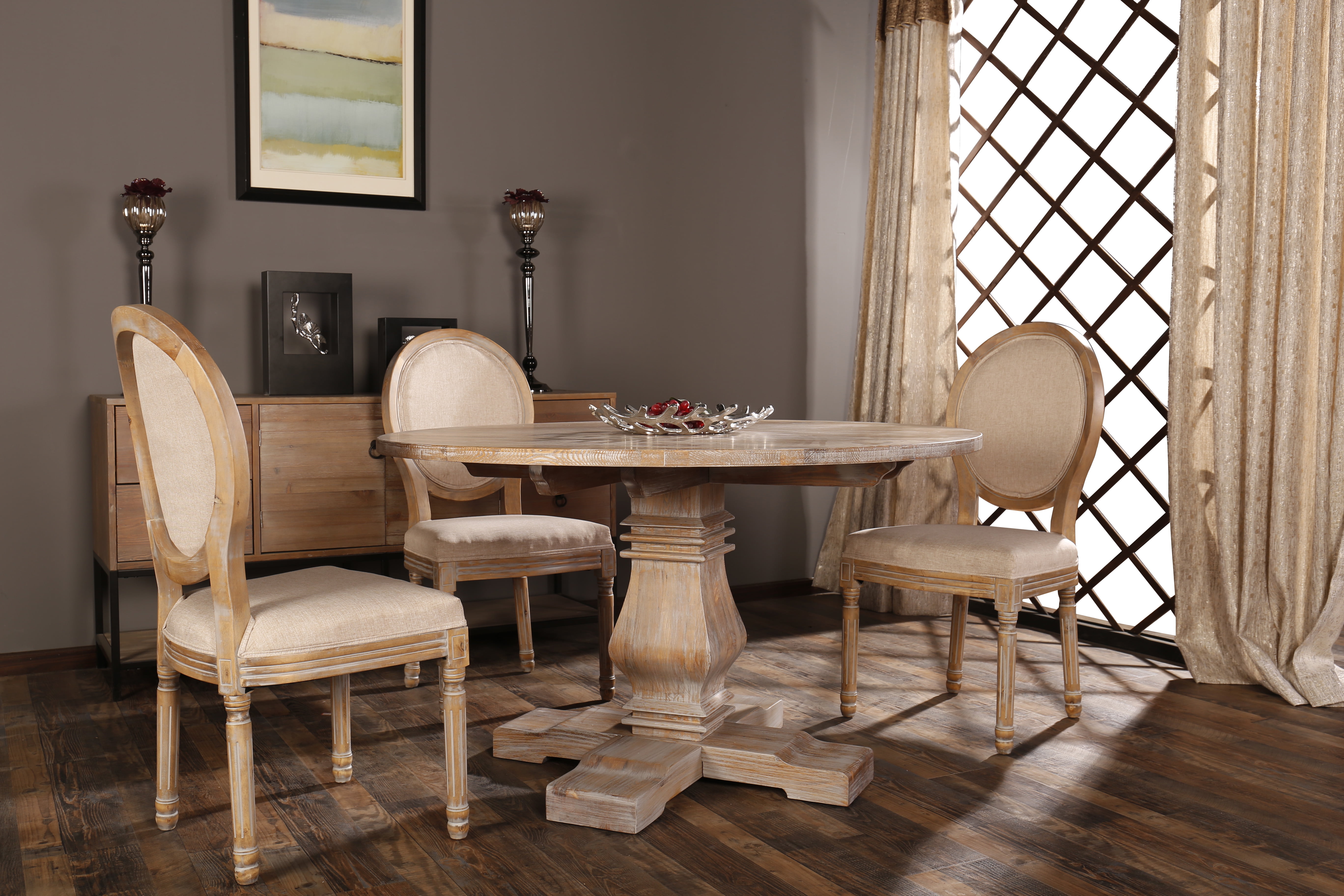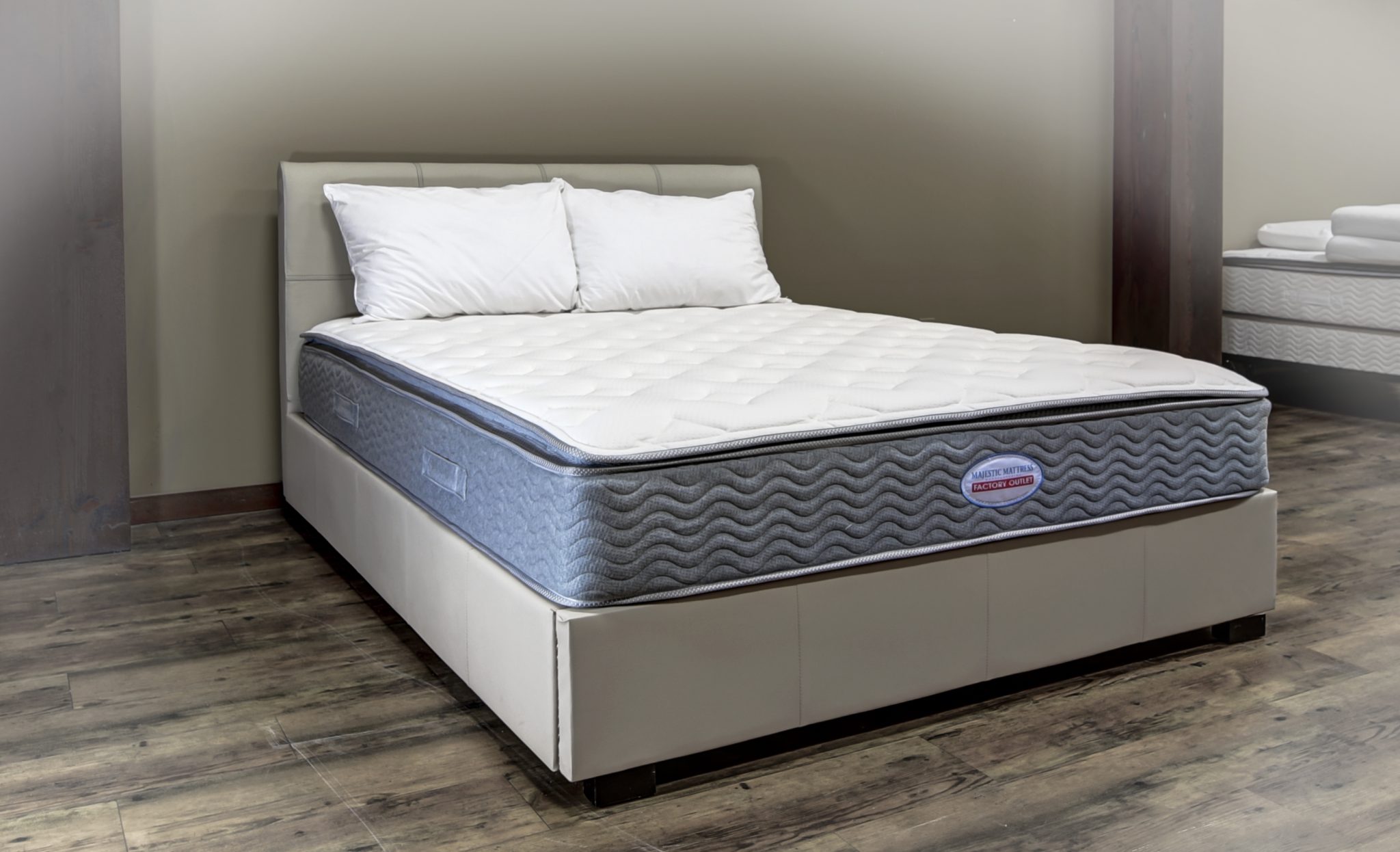If you've ever experienced the frustration of a clogged kitchen sink, you know how inconvenient it can be. Not only does it prevent you from using your sink for cooking and cleaning, but it can also lead to unpleasant odors and potential damage to your pipes. Luckily, unclogging a kitchen sink drain is a relatively simple task that can be done with a few household items. One of the most common methods for unclogging a kitchen sink drain is to use a plunger. To do this, fill the sink with enough water to cover the bottom of the plunger and create a seal. Then, use the plunger to create suction and push out any debris or buildup that may be causing the clog. If the plunger method doesn't work, you can also try using a drain snake. This tool is a long, flexible wire with a small auger on the end that can be inserted into the drain to break up and remove any blockages. Simply insert the snake into the drain and twist it while pushing it further into the pipe. Once you feel resistance, continue twisting and pulling the snake out to remove the clog.1. How to Unclog a Kitchen Sink Drain
If you prefer to use natural remedies to clear a clogged kitchen sink, there are several options available. One of the most popular is a combination of baking soda and vinegar. Start by pouring half a cup of baking soda down the drain, followed by half a cup of vinegar. Let the mixture sit for a few minutes, then pour hot water down the drain to flush out the clog. You can also try using boiling water to clear a clogged kitchen sink. Simply heat a pot of water on the stove and carefully pour it down the drain. The hot water can help break up and dissolve any grease or debris that may be causing the clog. Another DIY method is to use a mixture of salt and hot water. Mix half a cup of salt with a few cups of hot water and pour it down the drain. Let it sit for a few minutes before flushing it out with more hot water.2. DIY Methods for Clearing a Clogged Kitchen Sink
Understanding the common causes of a clogged kitchen sink can help you prevent future clogs. One of the main culprits is food scraps and debris that are washed down the drain. This can include things like grease, oil, and fibrous foods like potato peels and eggshells. Over time, these items can build up and cause a blockage in your pipes. Another common cause of clogged kitchen sinks is a buildup of soap scum and mineral deposits. These can accumulate in the pipes and reduce the flow of water, leading to a clog. To prevent this, consider using a drain cover or strainer to catch any debris and regularly clean your pipes with a homemade or store-bought drain cleaner.3. Common Causes of a Clogged Kitchen Sink
As mentioned earlier, using a plunger is one of the most common and effective methods for clearing a clogged kitchen sink. To properly use a plunger, fill the sink with enough water to cover the bottom of the plunger and create a seal. Then, vigorously push and pull the plunger to create suction and dislodge the clog. If necessary, you can also try using a plunger specifically designed for sinks, which has a smaller and more narrow cup to fit over the drain.4. Using a Plunger to Clear a Clogged Kitchen Sink
If you have a stubborn clog that won't budge with a plunger, a drain snake may be your next best option. To use a drain snake, insert the wire into the drain and twist it while pushing it further into the pipe. Once you feel resistance, continue twisting and pulling the snake out to remove the clog. This method may require a bit more effort and patience, but it can be effective in clearing tough clogs.5. How to Use a Drain Snake to Clear a Clogged Kitchen Sink
If you prefer to use natural remedies to clear a clogged kitchen sink, there are several options available. As mentioned earlier, a mixture of baking soda and vinegar can be effective in breaking up and removing clogs. You can also try using boiling water, a mixture of salt and hot water, or a combination of lemon juice and baking soda. These natural ingredients can help dissolve and flush out debris without the use of harsh chemicals.6. Natural Remedies for a Clogged Kitchen Sink
It's important to pay attention to the warning signs of a clogged waste pipe in your kitchen sink to prevent further damage and potential plumbing emergencies. Some common signs include slow drainage, gurgling sounds, foul odors, and water backup in other fixtures. If you notice any of these signs, it's best to address the issue as soon as possible to avoid a complete blockage or damage to your pipes.7. Signs of a Clogged Waste Pipe in Your Kitchen Sink
If you've tried DIY methods and still can't seem to clear the clog in your kitchen sink, it may be time to call a professional plumber. They have the tools and expertise to effectively remove even the toughest clogs. They can also inspect your pipes and offer solutions to prevent future clogs, such as installing a garbage disposal or water softener.8. Professional Solutions for a Clogged Kitchen Sink
Prevention is key when it comes to keeping your kitchen sink waste pipe clear and flowing smoothly. Some simple tips to prevent clogs include regularly cleaning your pipes, using a drain cover or strainer to catch debris, avoiding pouring grease and oil down the drain, and only flushing water-soluble items down the garbage disposal.9. Preventing Clogs in Your Kitchen Sink Waste Pipe
If you suspect that your kitchen sink waste pipe may be clogged, there are a few ways to confirm your suspicions. You can try pouring water down the drain and watching to see if it drains slowly or not at all. You can also use a flashlight to inspect the pipes for any visible debris or buildup. If you're still unsure, it's best to call a professional plumber for an inspection and potential clog removal. In conclusion, a clogged kitchen sink can be a major inconvenience and can lead to bigger plumbing problems if not addressed promptly. However, with the right knowledge and tools, you can easily unclog your kitchen sink drain and prevent future clogs from occurring. Whether you choose to use DIY methods or seek professional help, keeping your kitchen sink waste pipe clear is essential for a functional and hygienic kitchen.10. How to Tell if Your Kitchen Sink Waste Pipe is Clogged
The Importance of Maintaining a Clear Waste Pipe in Your Kitchen Sink
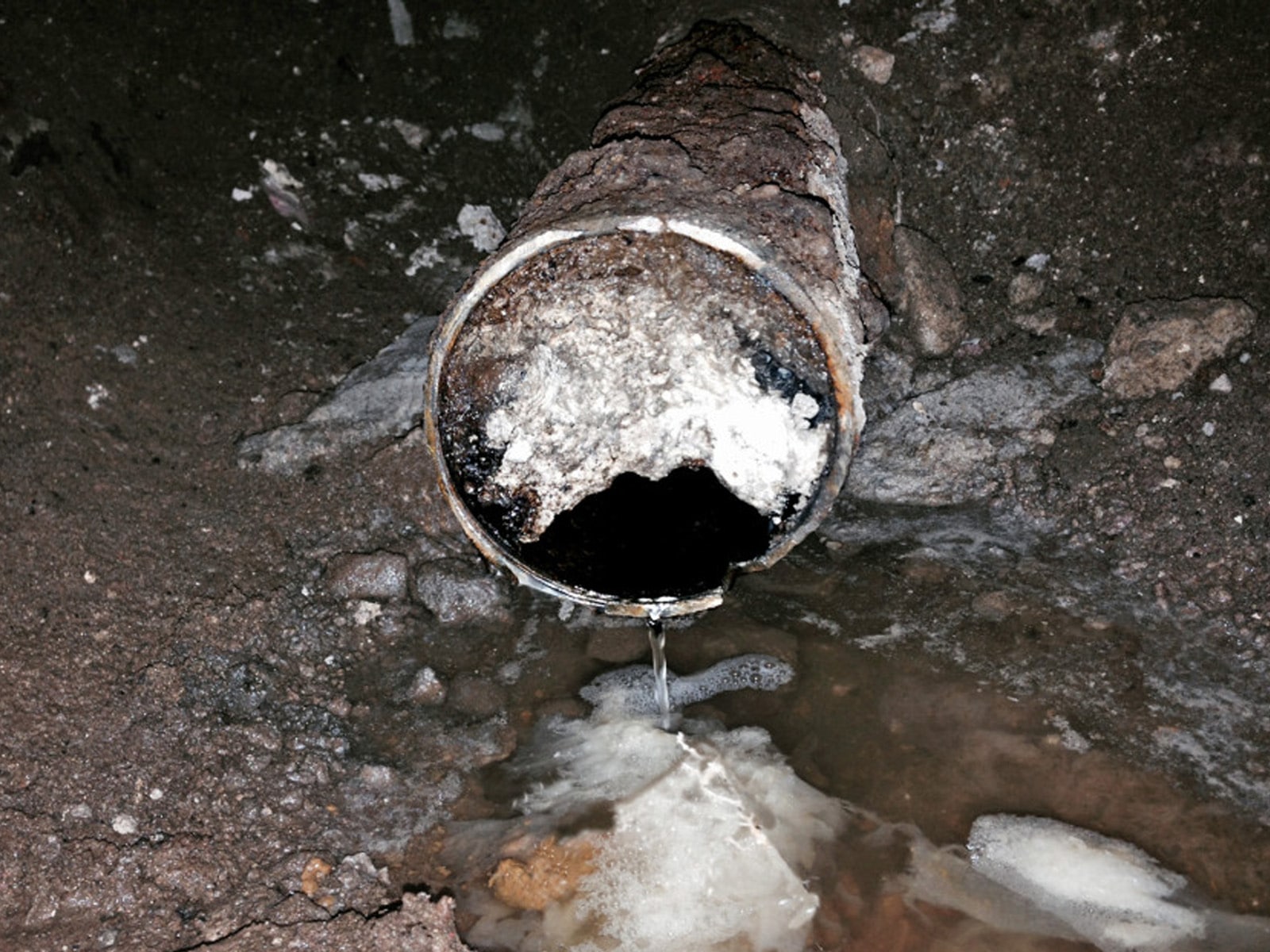
Common Causes of Clogged Waste Pipes
 One of the most frustrating and common plumbing issues in the kitchen is a clogged waste pipe. This occurs when food scraps, grease, and other debris get stuck in your kitchen sink's drainage system, causing water to back up and potentially create unpleasant odors. While it may seem like a minor inconvenience, leaving a clogged waste pipe unattended can lead to more severe plumbing problems down the line. So, what exactly causes a clogged waste pipe?
Food Scraps:
The most common culprit of a clogged kitchen sink waste pipe is food scraps. Even small particles of food can accumulate and create a blockage in your pipes over time.
Grease and Oil:
Pouring grease and oil down your kitchen sink may seem like a convenient solution, but it can lead to a major clog. As the grease cools, it solidifies and sticks to the walls of your pipes, trapping other debris and causing a blockage.
Foreign Objects:
Accidentally dropping foreign objects down the drain, such as utensils or bottle caps, can also cause a clog in your waste pipe. These items can get stuck in the pipes and prevent water from flowing freely.
One of the most frustrating and common plumbing issues in the kitchen is a clogged waste pipe. This occurs when food scraps, grease, and other debris get stuck in your kitchen sink's drainage system, causing water to back up and potentially create unpleasant odors. While it may seem like a minor inconvenience, leaving a clogged waste pipe unattended can lead to more severe plumbing problems down the line. So, what exactly causes a clogged waste pipe?
Food Scraps:
The most common culprit of a clogged kitchen sink waste pipe is food scraps. Even small particles of food can accumulate and create a blockage in your pipes over time.
Grease and Oil:
Pouring grease and oil down your kitchen sink may seem like a convenient solution, but it can lead to a major clog. As the grease cools, it solidifies and sticks to the walls of your pipes, trapping other debris and causing a blockage.
Foreign Objects:
Accidentally dropping foreign objects down the drain, such as utensils or bottle caps, can also cause a clog in your waste pipe. These items can get stuck in the pipes and prevent water from flowing freely.
The Consequences of a Clogged Waste Pipe
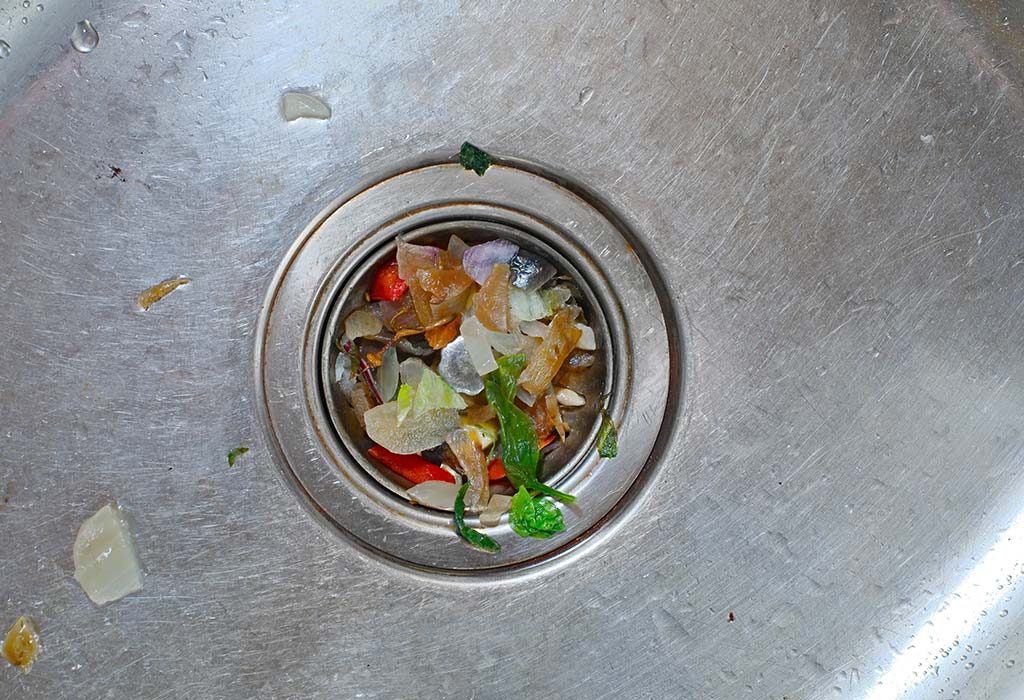 Ignoring a clogged waste pipe in your kitchen sink can result in more than just a slow draining sink. It can also lead to more severe plumbing issues, including:
Foul Odors:
As food scraps and other debris sit in the pipes, they can start to emit unpleasant odors, making your kitchen smell less than desirable.
Water Damage:
If a clog is severe enough, it can cause water to back up and potentially overflow from the sink. This can lead to water damage in your kitchen and potentially even affect other areas of your home.
Pipe Damage:
Over time, a clogged waste pipe can put pressure on your pipes, leading to cracks or even burst pipes. This can result in costly repairs and potentially even require you to replace your entire plumbing system.
Ignoring a clogged waste pipe in your kitchen sink can result in more than just a slow draining sink. It can also lead to more severe plumbing issues, including:
Foul Odors:
As food scraps and other debris sit in the pipes, they can start to emit unpleasant odors, making your kitchen smell less than desirable.
Water Damage:
If a clog is severe enough, it can cause water to back up and potentially overflow from the sink. This can lead to water damage in your kitchen and potentially even affect other areas of your home.
Pipe Damage:
Over time, a clogged waste pipe can put pressure on your pipes, leading to cracks or even burst pipes. This can result in costly repairs and potentially even require you to replace your entire plumbing system.
The Solution: Regular Maintenance and Proper Disposal
 The best way to prevent a clogged waste pipe in your kitchen sink is to practice proper disposal habits and regularly maintain your pipes. This includes:
Proper Disposal:
Avoid pouring grease and oil down the drain, and always scrape food scraps into the trash before washing dishes.
Use a Drain Strainer:
Placing a drain strainer over your kitchen sink can catch food scraps and prevent them from going down the drain.
Regular Cleaning:
Once a month, pour a mixture of hot water and baking soda down your drain to help break up any buildup.
By taking these simple steps, you can help avoid a clogged waste pipe and keep your kitchen sink functioning properly. However, if you do encounter a clog, it's best to call a professional plumber to properly clear the blockage and prevent any further damage to your pipes. Remember, regular maintenance is key to a well-functioning and odor-free kitchen sink.
The best way to prevent a clogged waste pipe in your kitchen sink is to practice proper disposal habits and regularly maintain your pipes. This includes:
Proper Disposal:
Avoid pouring grease and oil down the drain, and always scrape food scraps into the trash before washing dishes.
Use a Drain Strainer:
Placing a drain strainer over your kitchen sink can catch food scraps and prevent them from going down the drain.
Regular Cleaning:
Once a month, pour a mixture of hot water and baking soda down your drain to help break up any buildup.
By taking these simple steps, you can help avoid a clogged waste pipe and keep your kitchen sink functioning properly. However, if you do encounter a clog, it's best to call a professional plumber to properly clear the blockage and prevent any further damage to your pipes. Remember, regular maintenance is key to a well-functioning and odor-free kitchen sink.

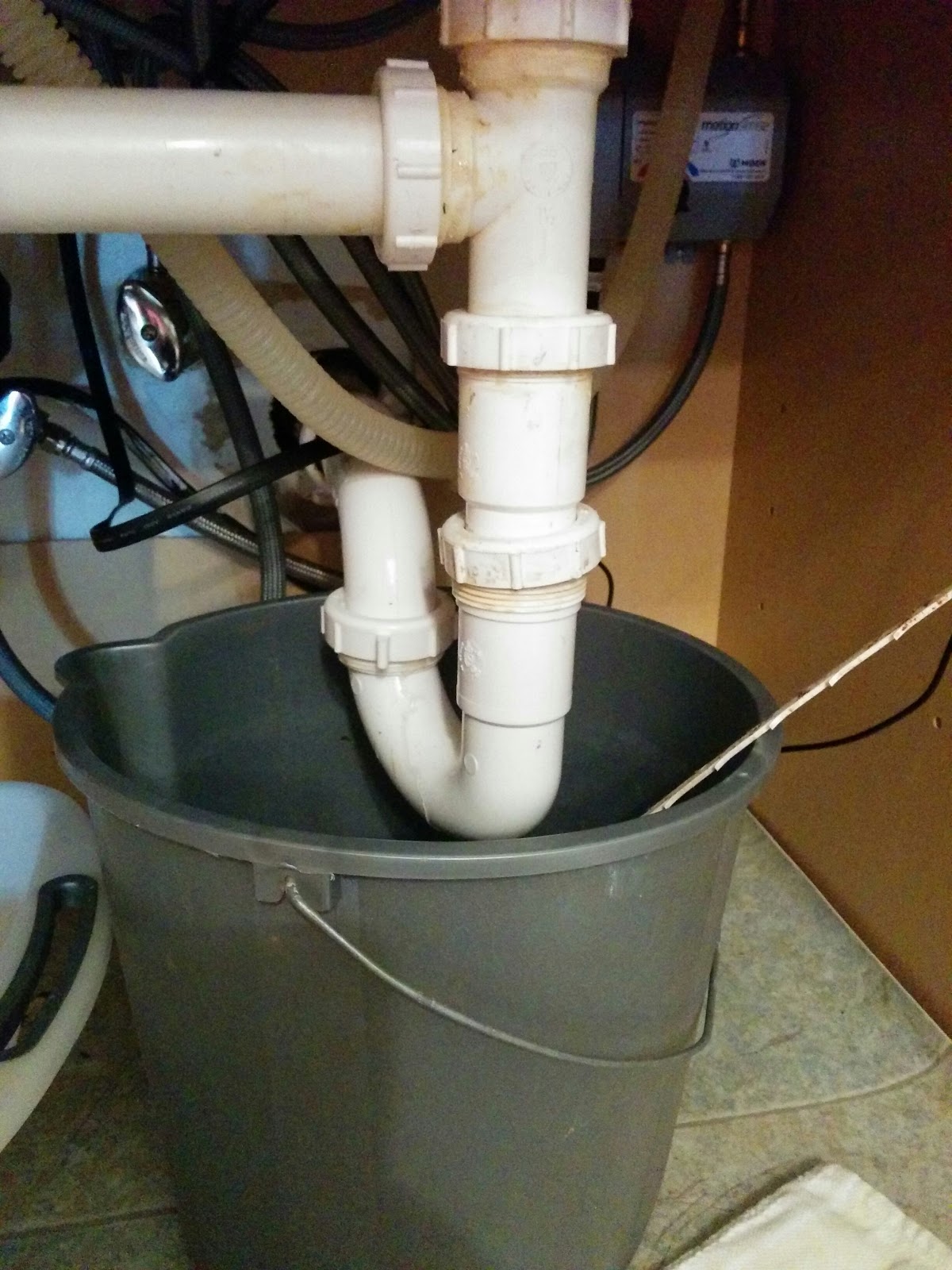
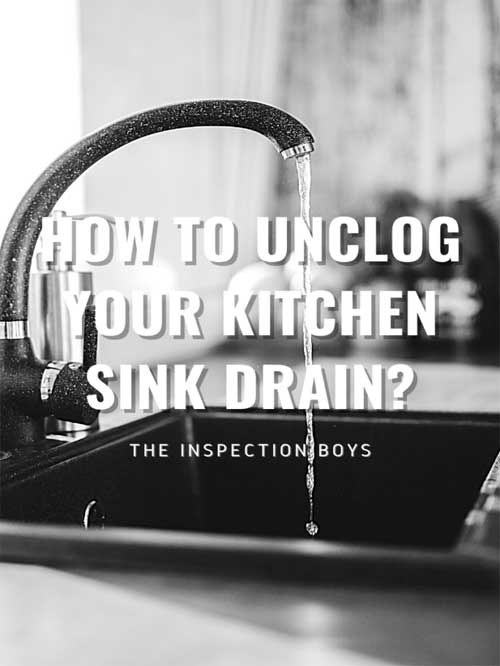




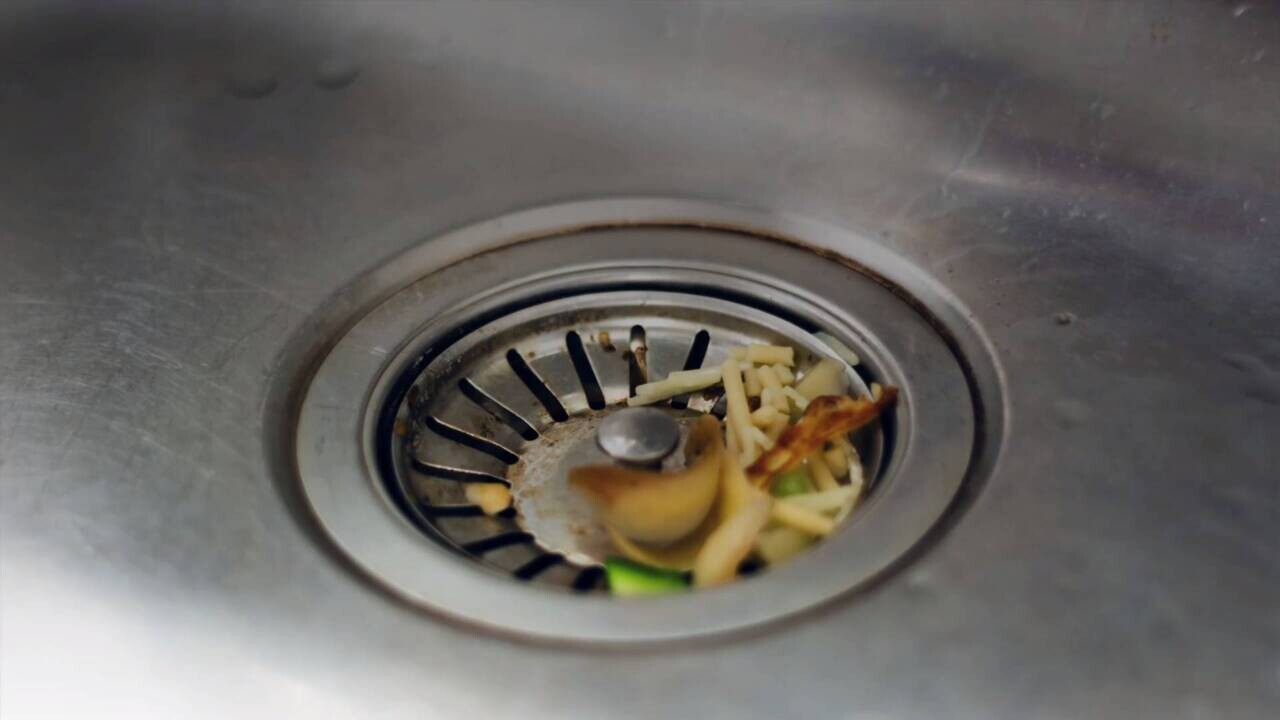
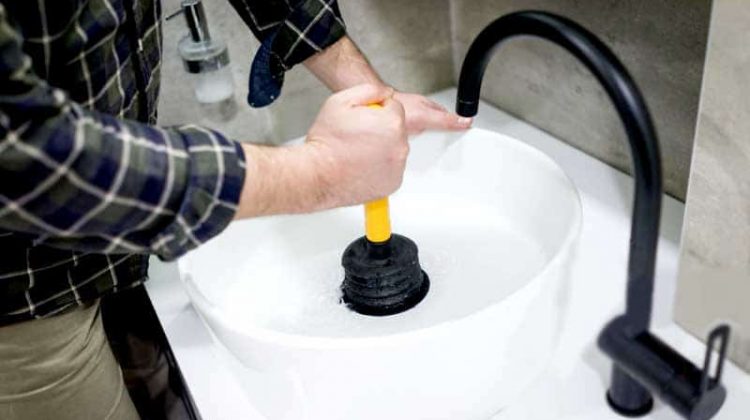
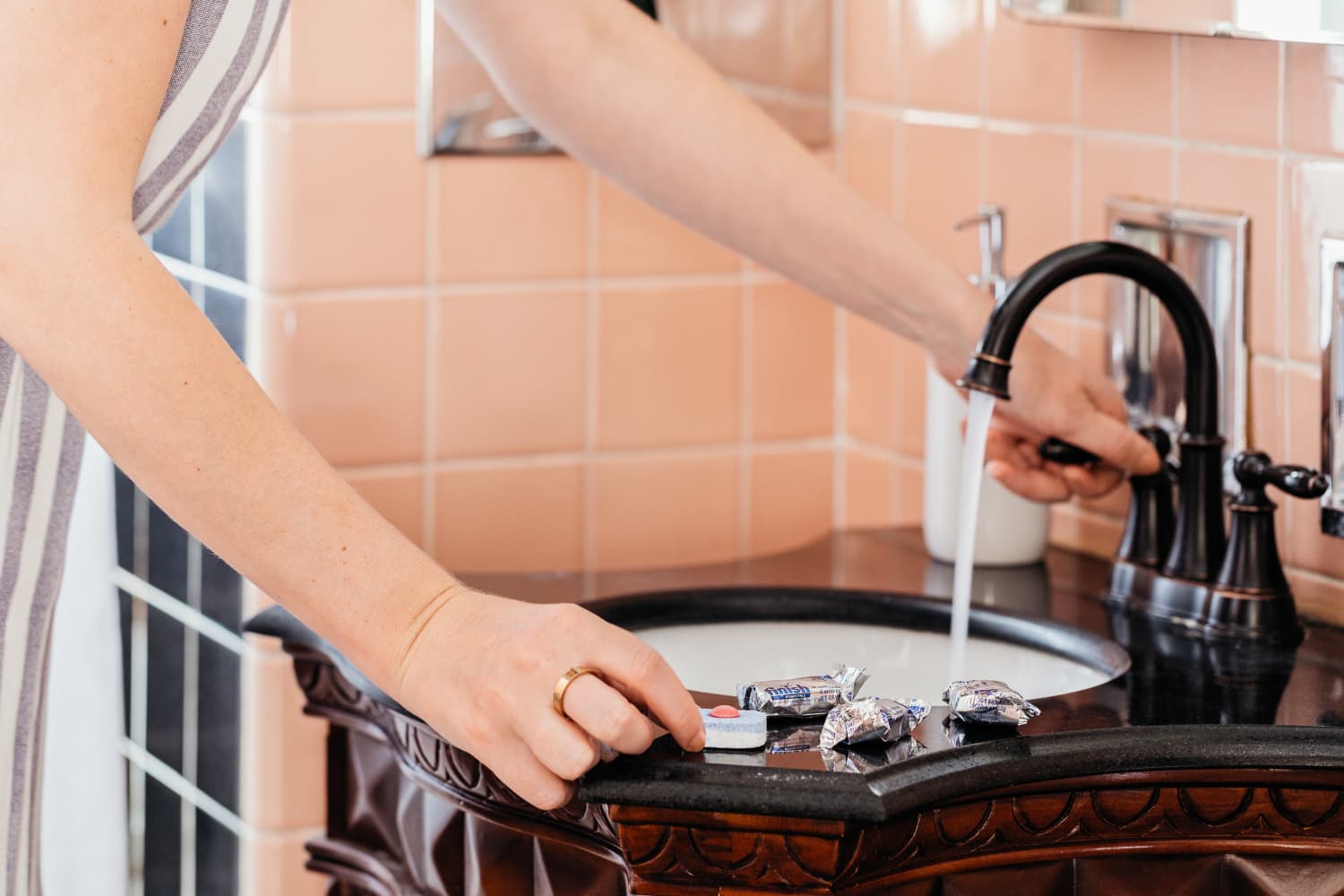

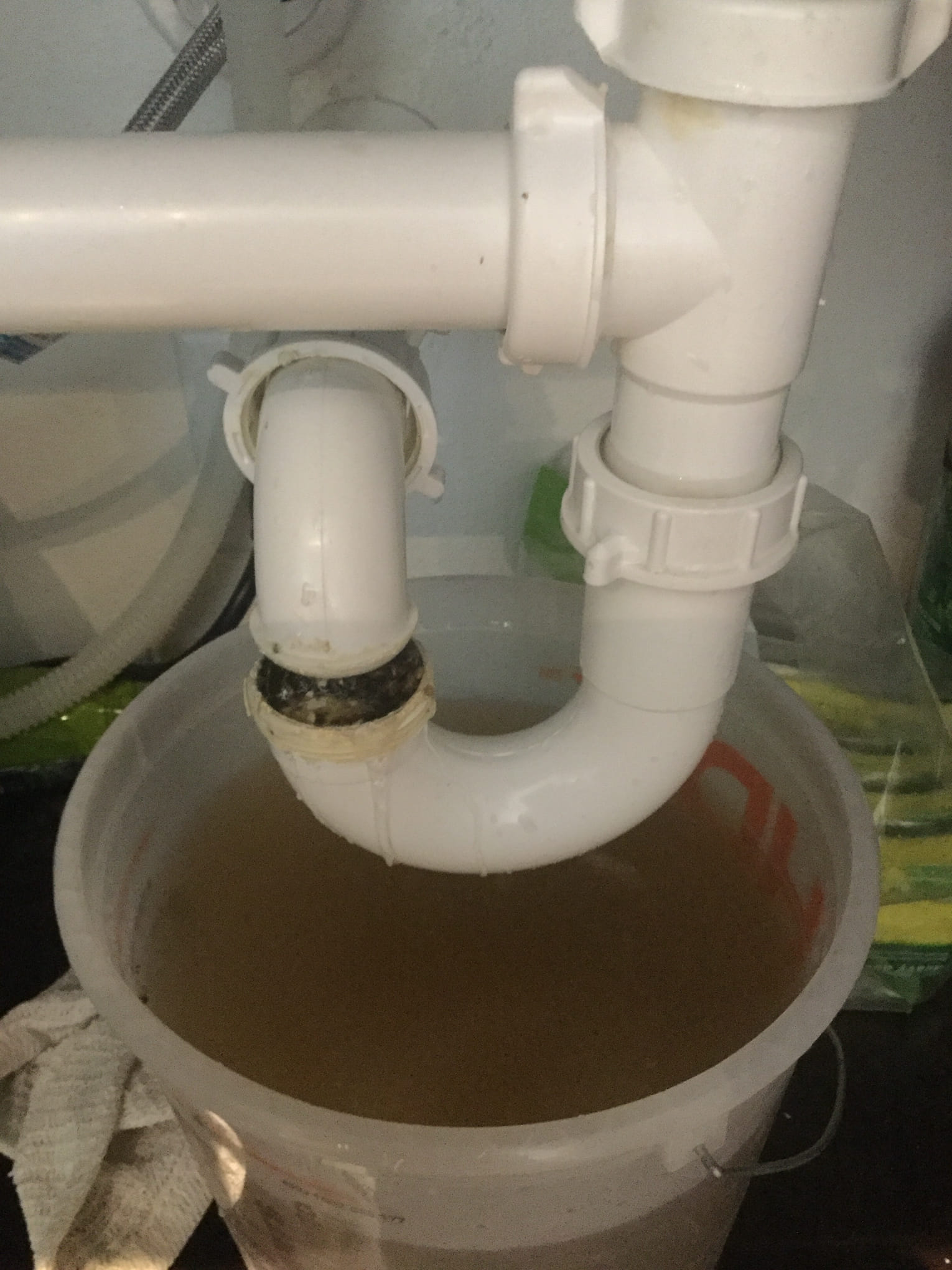



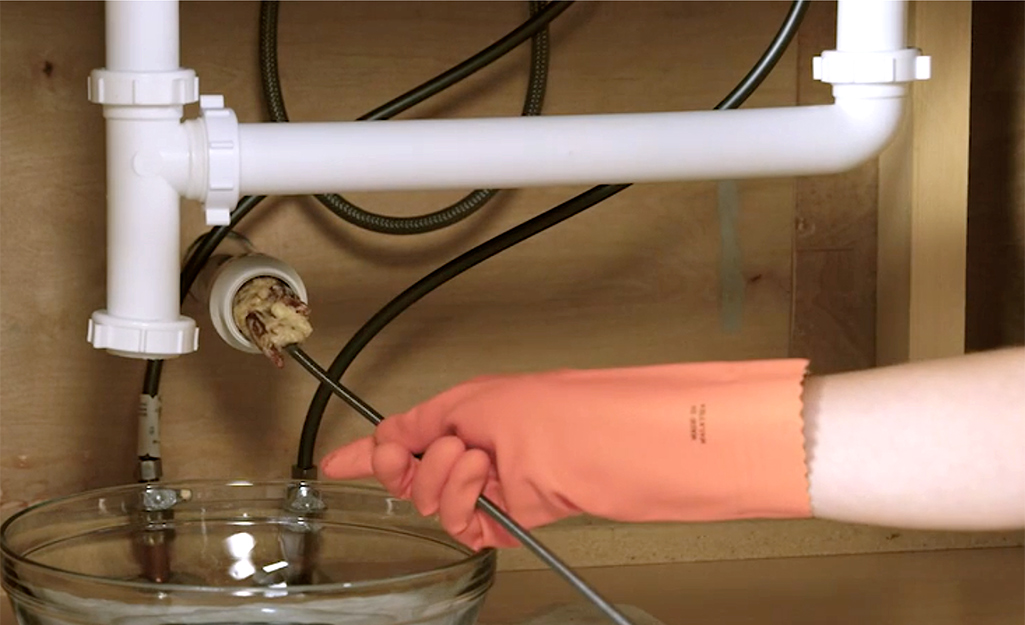








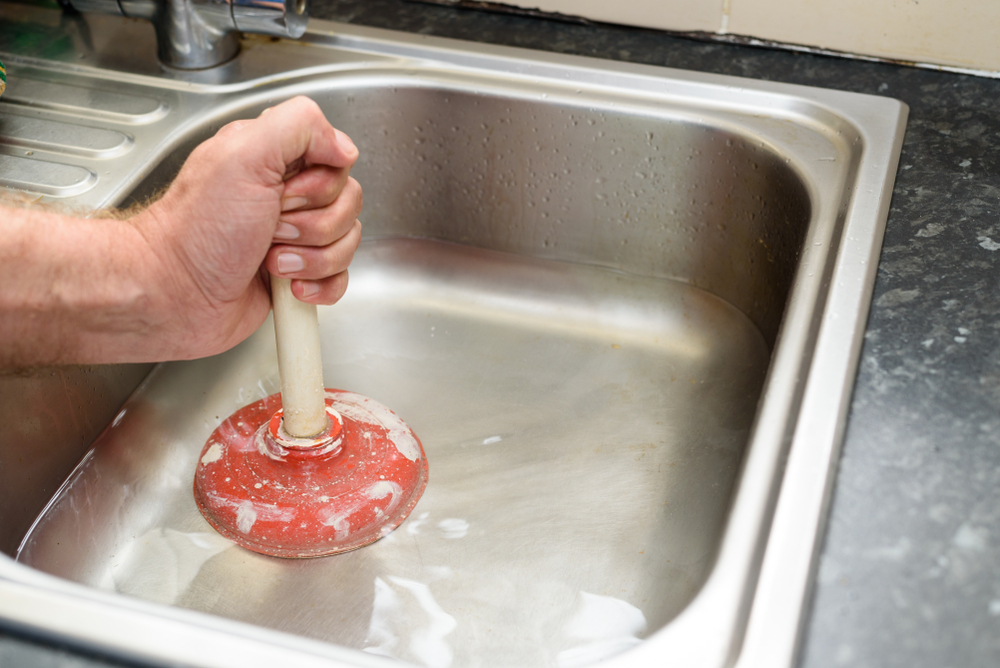
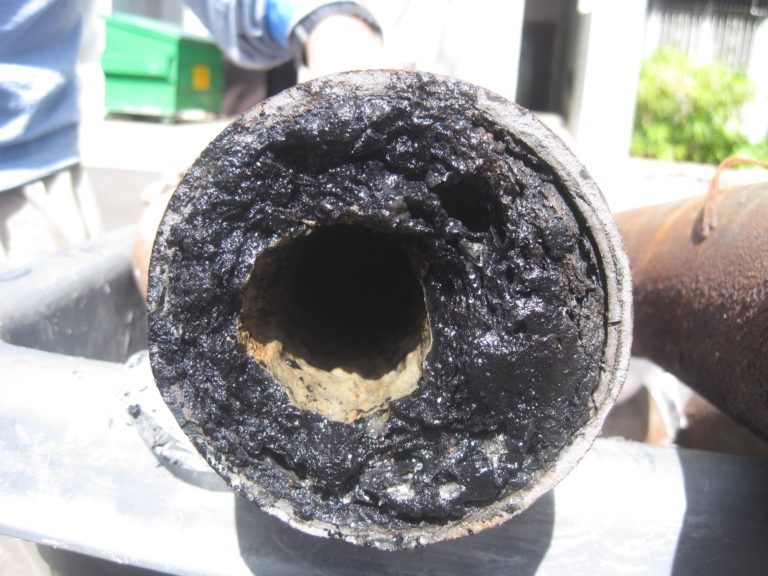



/signs-of-a-sewer-drain-clog-2718943_FINAL-7306dab348804135897b63a4411cdfdf.png)




